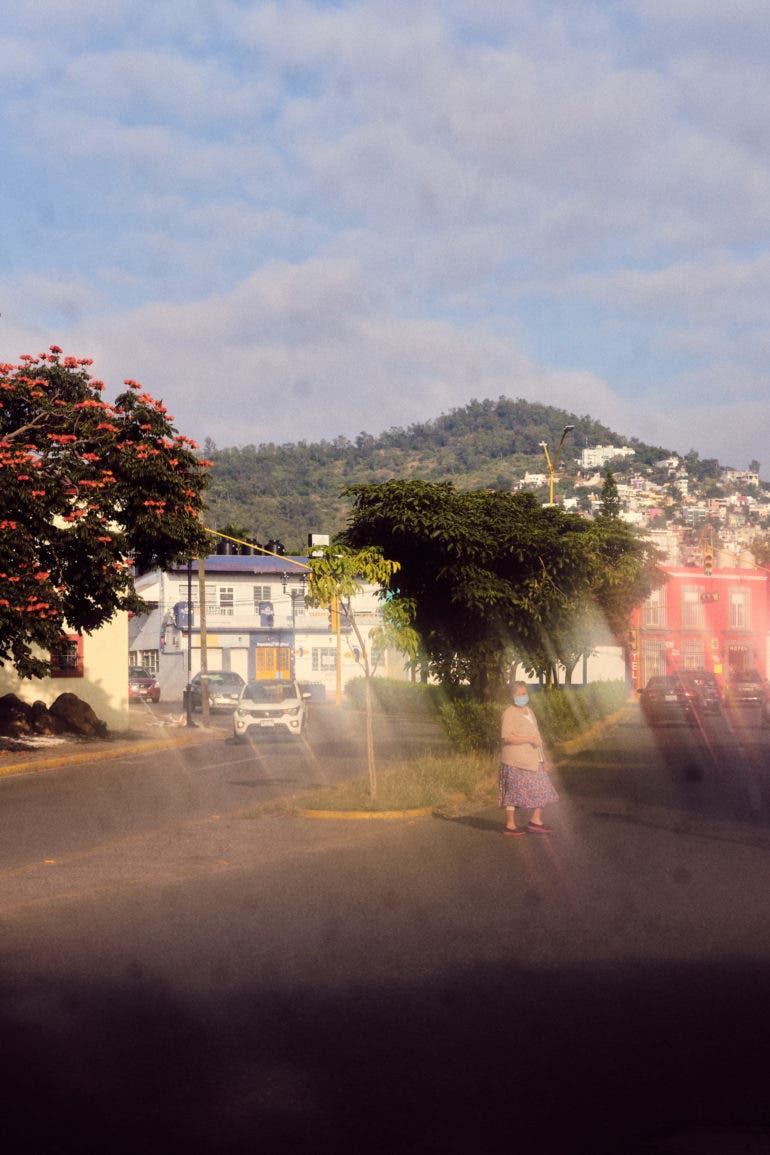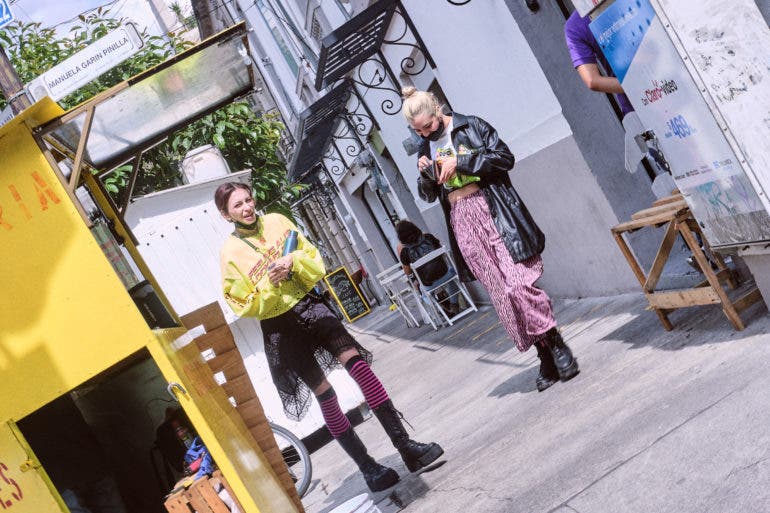Forget Photography 101, it’s Time to Break the Rules!
I’m aiming this article towards those who are at the birth of their photographic journey. However, there’s also value in this for the more advanced photographer. I will cover some skills and techniques that people tend not to teach to folks at the beginning of their photographic practice. Read any photography 101 article, and you’ll read the same thing. Well, today, we’re tapping into our rebellious side. We’re ripping up the rule book and sharing techniques you should try, even if you’ve just picked up a camera for the time.
What is Traditional Photography 101
When I think about photography 101, I think about techniques such as the rule of thirds and leading lines. I reminisce about sitting in a classroom being taught about framing and the rule of odds. Such methods are valuable; they’ve served as the anchor of creating sound, solid images for decades. But I believe creativity and technique are infinite. And every photographer needs their own rule book.
The standard techniques have remained at the forefront of teaching because few are prepared to question the masters of photography. They’re techniques that have been passed from generation to generation. But just because they were the early rules of photography, it doesn’t mean they’re the only rules, or even the best. Plus, the masters of photography are changing, and with it, what we believe solid photography to be is changing too.
Photography 101 Should Include Lens Blur
“I’ll help you create clean, sharp photographs.” That tends to be the main selling point of anyone tutoring photography. I get it. Students see huge billboards with super detailed photographs and begin to equate them to being the professional standard. Actually, making clean photographs isn’t overly difficult, especially when you begin to understand lighting.
Keeping your gear clean also helps you create “clean images.”, making sure you don’t “spoil” your photographs. I couldn’t disagree more.
Making a photograph that’s blurry and interesting is way more fun, and challenging. So if you’ve just picked up a camera and lens, don’t be so quick to clean up those inevitable smudges. Instead, use them to your creative advantage. See the images below for some inspiration.



Photography 101 Should Teach Shooting From the Hip
The way we hold a camera is important. A firm, tight grip allows you to steady yourself and get a sharp shot. But sharp shooting isn’t the only way to create an image. If you’re shooting candid photography, shooting from the hip can help you create compelling images. Not everything in photography needs to be tidy. A photograph that’s wonky, slightly out of focus, and breaking all those traditional photography 101 rules can also engage the viewer.



Photography 101 Needs to Embrace The Grain
I remember when I first began studying the craft. Grain, for whatever reason, was the outcast of the photography 101 society. “It spoils a photograph”, “here’s how to avoid grain” were the cliches of the time. Nonsense! I shoot digital, but in post-production, I often add grain to my photographs. It adds character, creates a retro vibe, and is its own beautiful entity. So, if a tutor teaches you, an early photographer, that grain is bad, ignore them. It can add further depth to an image.



Under And Overexpose Your Photographs
Perfectly exposed work is fine in most cases, but not in all. New photographers get hooked on their light meters and the idea of creating perfectly exposed photographs. But in many cases, it’s a better idea to either under or overexpose an image. The former can bring a bright, pastel look to your image, while the latter can provide a deep, dark, moody vibe.
Don’t get too sucked into thinking the pointer on your light meter must be in the center to create the best exposure. Often, the best exposure relates to the scene and the story you’re aiming to tell.


Shoot Out of Focus
Shooting out-of-focus images may sound like a sin, but it isn’t. When a photograph is out of focus, it adds a little mystery to an image. You can catch a viewer off guard by having your subject out of focus. It plays with the human brain and pushes them to spend longer with a photograph. In focus images are ten a penny. Blend in something out of the norm, and people are more likely to be attracted to it.

Consider This
While rules are useful for building the foundations of photographic technique, they’re not essential. Some of the best photographs you see break all traditional rules. I’m not suggesting we throw out the rule book completely, but I do believe we should introduce unorthodox techniques much sooner into a photographer’s journey.
Plus, breaking the rules is fun. And it can lead to making images you otherwise wouldn’t if you keep everything by the book. So, go outside, and be rebellious. Thanks for reading